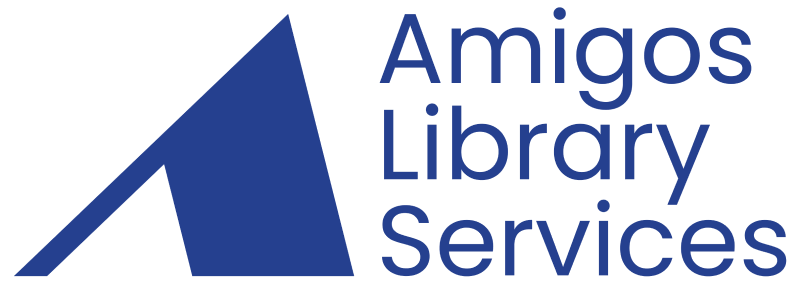The Hive: Tips and Tricks for Using Generative AI
The 60-minute sessions offer multiple speakers the opportunity to share their ideas, concepts, and best practices on a proposed topic. Hive speakers will present brief 8-minute sessions followed by Q&A for the individual panelists. The Hive is designed to feature speakers from across the Amigos membership who want to share their best tips and tricks on the selected topic.
Panelists will present the tips and tricks they have found to harness the transformative power of generative AI. Possible topics include:
